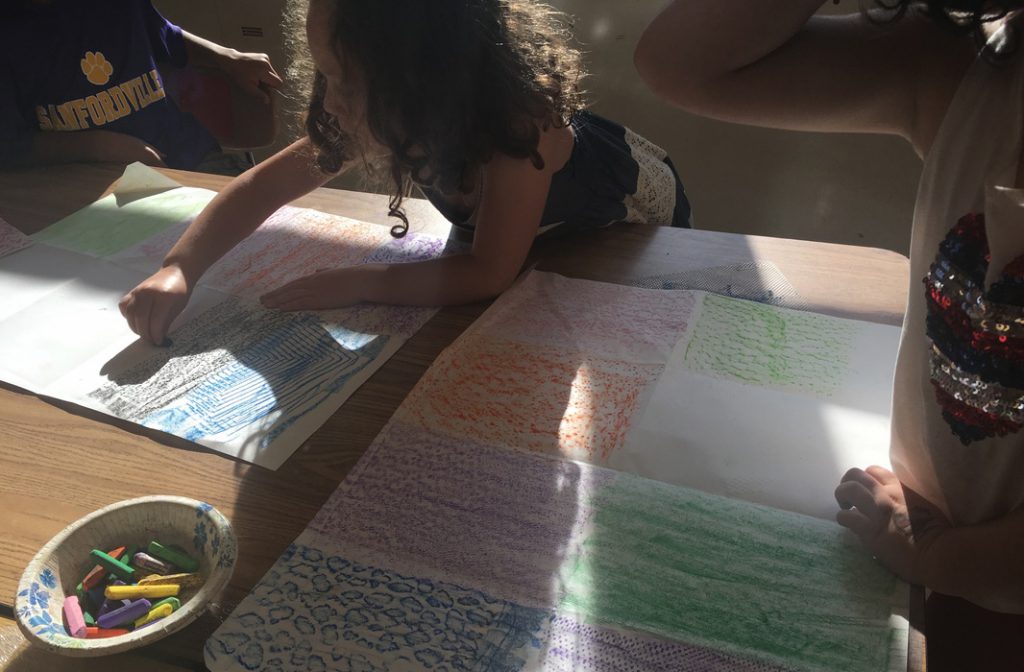Welcome to the Art Room!
In art class, our students think critically, discover new materials, develop new insights about themselves and their surroundings, and stretch their imaginations.
 We’re constantly turning ordinary objects into beautiful works of art.
We’re constantly turning ordinary objects into beautiful works of art.
Please feel free to donate and recycle some everyday items from your home. We can always use:
- paper towel tubes
- empty cereal boxes (or other thin cardboard)
- newspaper
- magazines
Most of our Art Room materials are washable, but smocks are advised.
We often welcome parent volunteers… to help out with specific projects in the classroom. Please email sgil@wvcsd.org if you’d like to lend a helping hand!
FSign up for Art Club! (4th Grade)
Art Club offers an array of fun and exciting creative opportunities for your child. Art Club is open to all 4th graders at Sanfordville.
Thursdays @ 8:00 am – 8:45 am
Session 1: September 12 – December 19, 2024
Session 2: January 9 – April 10, 2025
We do not meet if there is a morning delay or snow day.
Complete the Sanfordville 4th Grade Art Club Application
For more information, email Ms. Gil.
The 10 Lessons the Arts Teach
Art is fun and it’s beautiful, but the elementary study of art teaches our students many important lessons, including:
- The arts teach children to make GOOD JUDGEMENTS about qualitative relationships.
Unlike much of the curriculum in which correct answers and rules prevail, in the arts, it is judgment rather than rules that prevail. - The arts teach children that problems can have MORE than ONE solution and that questions can have more than one answer.
- The arts celebrate multiple PERSPECTIVES. One of their large lessons is that there are many ways to SEE and INTERPRET the world.
- The arts teach children that in complex forms of problem solving purposes are seldom fixed, but change with circumstance and opportunity. Learning in the arts requires the ABILITY and a WILLINGNESS to surrender to the unanticipated possibilities of the work as it unfolds.
- The arts make VIVID the fact that neither words in their literal form nor numbers exhaust what we can KNOW. The limits of our language do not define the limits of our COGNITION.
- The arts teach students that SMALL DIFFERENCES can have LARGE EFFECTS. The arts traffic in subtleties.
- The arts teach students to think through and within a material. All art forms employ some means through which IMAGES become REAL.
- The arts help CHILDREN LEARN to say what cannot be said. When children are invited to disclose what a work of art helps them FEEL, they must reach into their POETIC CAPACITIES to find the words that will do the job.
- The ARTS ENABLE us to have EXPERIENCE we can have from no other source and through such experience to DISCOVER the range and variety of what we are capable of FEELING.
- The arts’ position in the school curriculum symbolizes to the young what adults BELIEVE is IMPORTANT.

